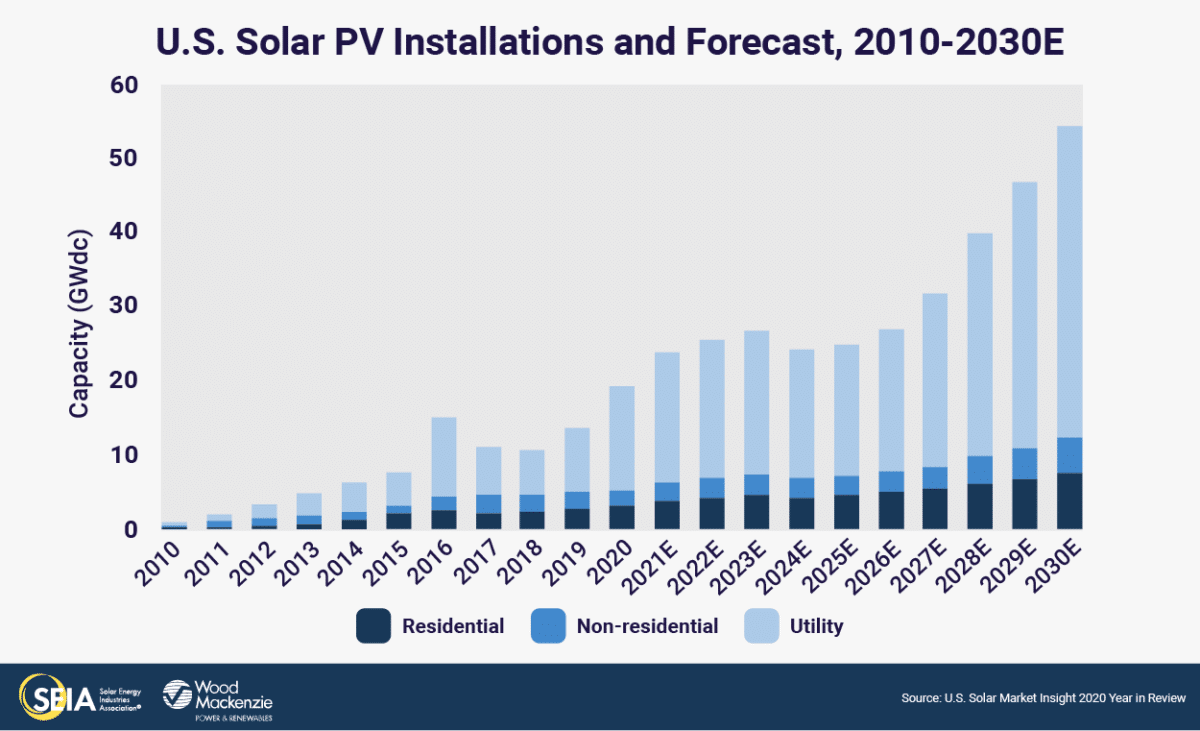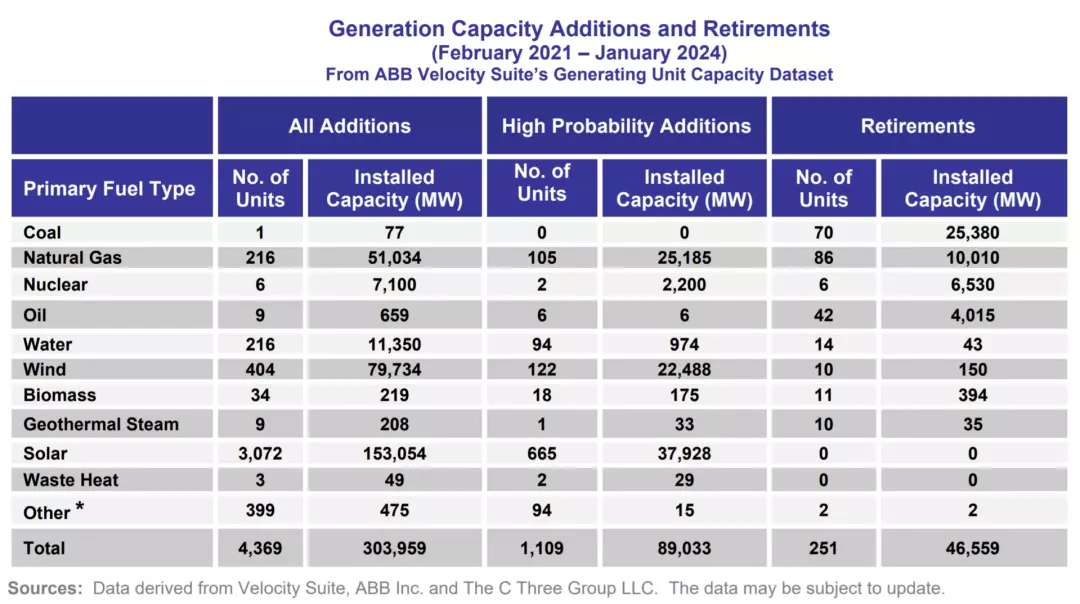In a monumental achievement for the renewable energy sector, the United States recently celebrated the installation of its 100th gigawatt of solar power. The journey to this significant milestone has been marked by steady progress and an exponential growth trajectory, demonstrating the nation’s commitment to clean energy initiatives. In this blog post, we delve into the recent statistics, projections, and the broader implications of this remarkable feat.
Historical Progress and Accelerated Growth:
In January, the U.S. reached the impressive milestone of installing 100 gigawatts of solar panels. A notable point is that it took approximately two decades to reach the initial 100 GW, but the next 100 GW are anticipated to be accomplished in just over three years. According to Wood MacKenzie Power & Renewables, the U.S. had installed 97.7 GW by the end of 2020, with January 2024 marking the completion of the 100 GW threshold.
Record-Breaking Installations and Exponential Trends:

America Surpasses 100 Gigawatts of Solar Power
The fourth quarter of 2020 set a quarter capacity record with 8 GW installed, surpassing the total solar capacity installed in 2015. The trend is highlighted in a bar chart from the Solar Energy Industries Association (SEIA), showcasing the exponential growth from approximately 1 GWdc per year to over 50 GWdc per year. This trend signifies the rapid adoption and integration of solar energy into the nation’s power grid.
Clean Energy Landscape:
The combined efforts of solar and wind power have resulted in over 40 GW of clean generating capacity coming online in the past year. With 21 GW of wind power also breaking the 100 GW capacity mark, the renewable energy landscape in the U.S. is experiencing a transformative shift. All future net new electricity generation capacity since 2006 has been CO2-free, underscoring the nation’s commitment to cleaner and more sustainable energy sources.
Future Growth and Policy Impact:

Future Growth of Solar
Looking ahead, there are ambitious projections for future growth, particularly with the Biden administration’s goal of achieving 100% clean electricity by 2035, translating to an estimated 800 GW of solar power. The Federal Energy Regulatory Commission (FERC) reports over 153 GWac/~199 GWdc of solar in the pipelines for the next three years, with a substantial portion categorized as ‘high probability of completion.’ Texas alone is approaching the 100 GW mark, emphasizing regional contributions to the nationwide clean energy effort.
Fossil Fuel Retirements and Net Clean Energy Additions:
A notable trend highlighted in the blog is the transition from fossil fuel-based power plants to renewable energy sources. The “Generation Capacity Additions and Retirements” chart depicts a clear shift, showcasing the retirement of fossil fuel plants as renewable energy rapidly takes their place. Since 2006, all net new electricity generation capacity in the U.S. has been CO2 free, signaling a positive shift towards cleaner energy alternatives.
Conclusion:
The achievement of installing 100 gigawatts of solar power in the United States is a remarkable milestone that underscores the nation’s commitment to sustainable energy practices. With ambitious goals for the future and a landscape dominated by clean energy additions, the U.S. is on the path to becoming a global leader in renewable energy innovation and implementation.